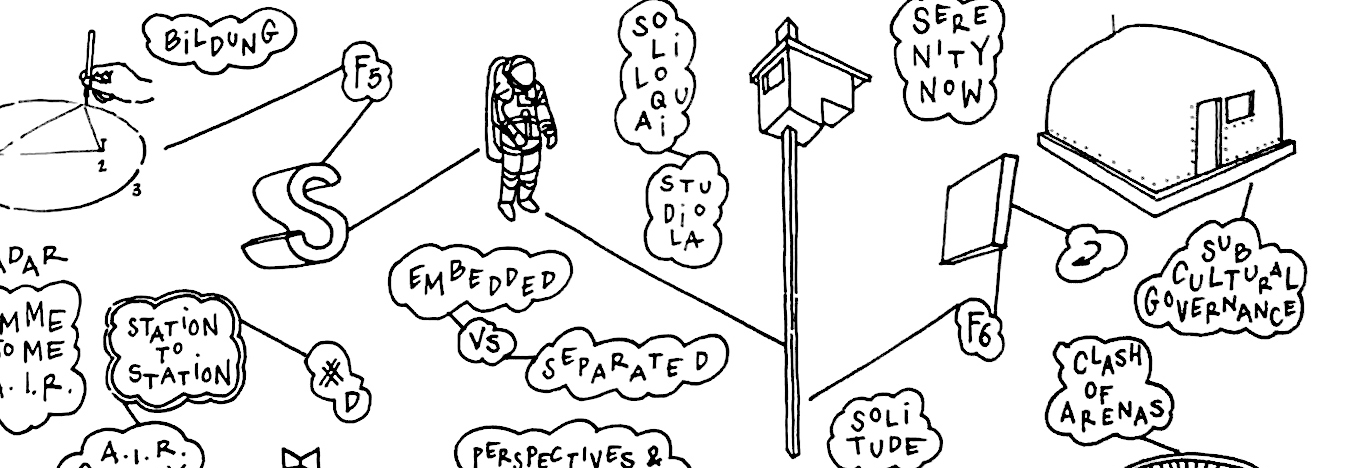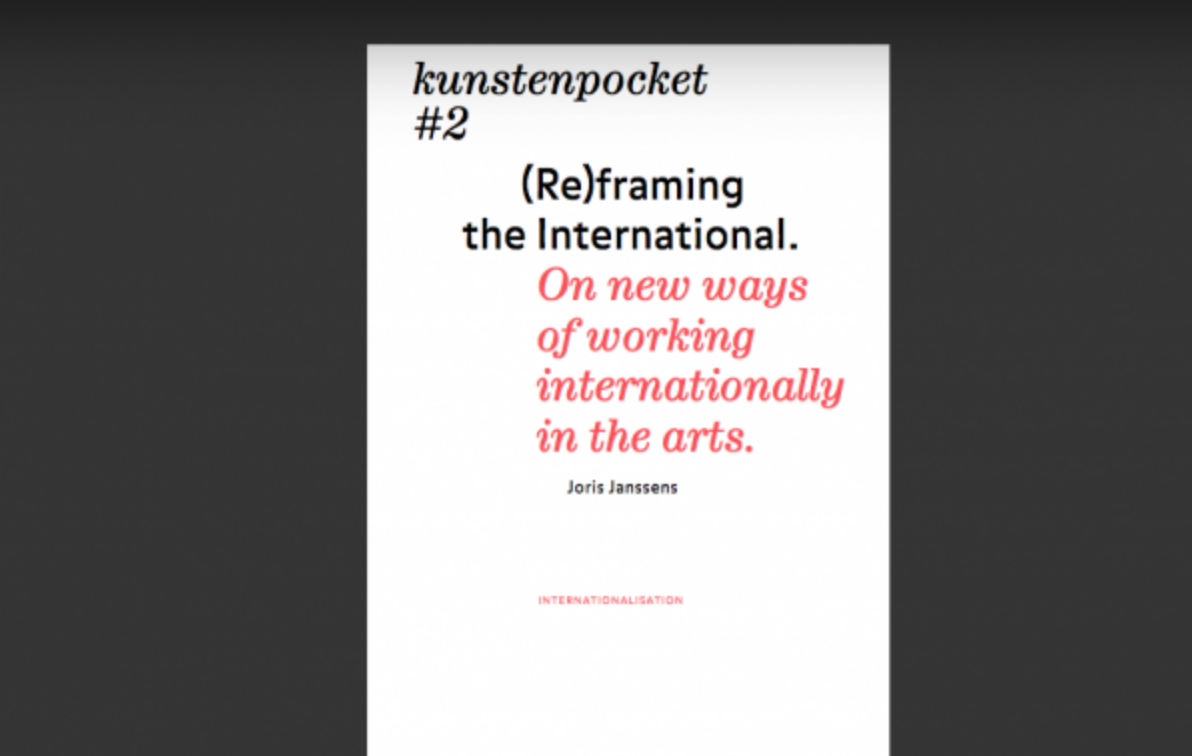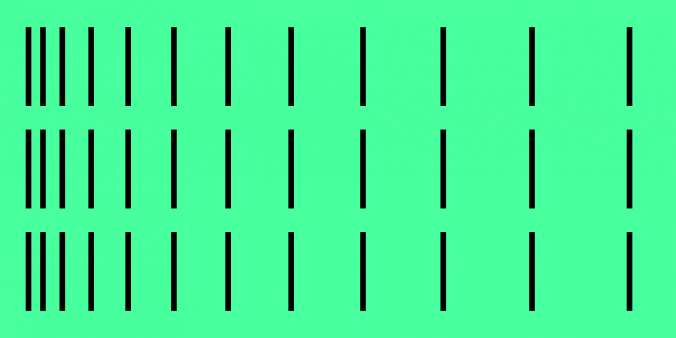AiR checklist #2 PRACTICAL MATTERS
AiR checklist #2 PRACTICAL MATTERS

5. Organisation
- Some AiR programs are initiated by a person, some by a collective, others are part of an art institution, an art school or university, government or business. Each requires its own form of organization. What kind of organization suits your AiR initiative?
- A common legal form for independent organizations is a foundation. The board monitors the policies and guarantees finances. Different ways of 'governing' can occur: you can choose for a board that operates at a distance or for a board that performs tasks such as fundraising or representation. A strategic choice of board members is highly important: fitting the profile and policies of the AiR program. Sometimes there is an association, when the AiR program is supported by a collective. Association and foundation can also coexist.
- Ensure a clear distribution of tasks within the organization. Remember tasks as assistance of the artist, publicity, website management, administration, fundraising, accounting, maintenance of the studio. For a small organization, a changing and flexible network of volunteers, interns, artists, curators and art critics can help. What is the experience of other AiR organizers? Ask each other advice!
6. Financing
- How do you finance an AiR program? The answer to that question depends on many factors: the profile, facilities, location. Conversely, the available finances also determine the profile of the AiR program. Do you want the guest to pay for everything? Do you strive for full coverage of costs of the working period? Is there a budget to cover material and production costs? Do you charge the use of facilities?
- Grants? If so, at which institutions can you apply? AiR programs can qualify for grants at both national and European funds, the ECF (European Cultural Foundation) as well as supporting programs by municipalities and provinces. An important reason for governments to subsidize AiR programs is that they connect local and international culture.
- Grant applications and accountability: it is time consuming and requires expertise. Funds and authorities set conditions: reaching the public, attendance, documentation, local and international appeal.
- Some initiatives choose an independent course and don’t apply for grants. This is possible when costs for rent are low or when the AiR program is supported by the organization (the costs are included in the rental of regular studio’s or workshops). Several initiatives succeed through collaboration (exchange programs) with (foreign) partner institutions to cover their costs.
- Be realistic. Offer the guest or institutions nothing what you can’t realize. Always be clear about which costs will be covered by the program and which costs will be covered by the visiting artist. Ensure transparency, according to the so-called ‘corporate governance model’ for non-commercial organizations.
More about funding opportunities, links and references here.
7. Regulations
- What are the rights and obligations of host and guest? It is important to know about the practical matters and what is expected of the artist and the organization. Make it clear for yourself and for others. Is an outcome expected or can the guest be free to experiment without any obligation to present anything? Who is accountable? Where to rent a projector, who assists in building an installation? Who is responsible for damages?
- Make a document with the house rules. Be sure the document is always present in the studio. Consider also additional information like city maps, subway map, addresses of doctors, hospitals, the nearest pharmacy, laundry, equipment shop, print shop and bike shop, brochures about the area, museums and galleries, the cheapest and the best restaurants and bars.
8. Contracts
- A contract is the formal confirmation of the agreed arrangements between the artist and the organization including the exact dates of the work period and stay in the guest studio, the financial terms, use of facilities, entitlements and obligations. There is no standard.
The following guidelines may help to create a contract that suits your organization.
9. Application and selection: How do you ensure a good match?
- AiR organizations recruit artists for their program by invitation or through an open application process. Some AiR organizations do both. The invitation is sent out through networks, word of mouth or by a curator. Open applications (with or without a deadline) can be placed at the Trans Artists website. The website of Trans Artists is viewed daily by artists from around the world. The average attendance stands at 4,000 per day. In 2015 there were 1.6 million visitors, with an average of nearly 4 million hits. To prevent your organization to become overwhelmed by applications, it is important to keep a clear profile and formulate the conditions of participation as accurate as possible. The more clear the conditions to participate in the program, the more specific the responds and the more interesting it is for the organization to make a selection.
- Treat the application process, from the selection procedure to the choice of the selection committee, with care. It is very important for the reputation of your AiR program. Clarity might prevent frustration on both sides, and ensures that the candidate knows why he or she is chosen. A standard application process does not exist.
10. Insurance
- In the Netherlands, studio and living space can be insured against fire and theft. There can be additional insurances against accidents and liability insurance for volunteers and staff of the organization. A foundation can ask for ‘a foundation package’. This package includes above items plus a government insurance. Artworks and artists are usually not included in the insurance. Ask the artist to get a travel insurance at their home country for the period of stay. This is mandatory for artists who need to apply for a visa.
11. Visa
- Artists from outside the EU need to apply for a visa at the Dutch embassy in their country of origin. Sometimes, the procedure for applying for a visa goes rather smoothly, sometimes it is a difficult process. Start on time in processing applications. Remember it is easier for an artist to apply for a tourist visa (maximum duration three months) than to apply for a work visa.
- Look for (cultural) organizations in your country who can assist you in the procedure)




